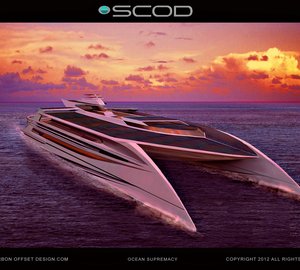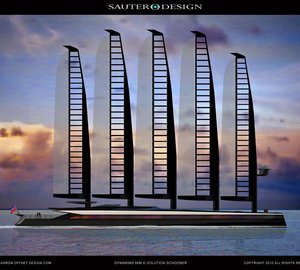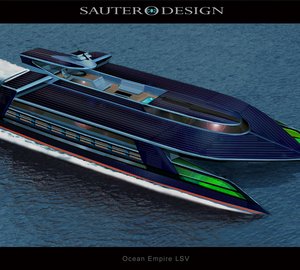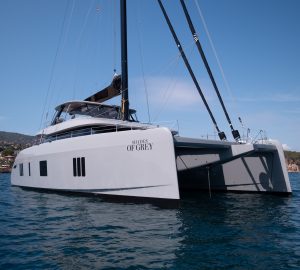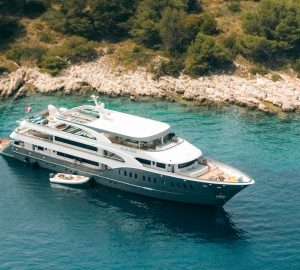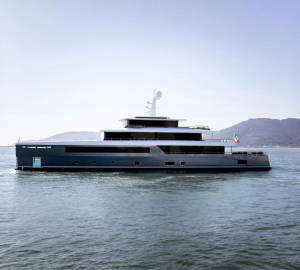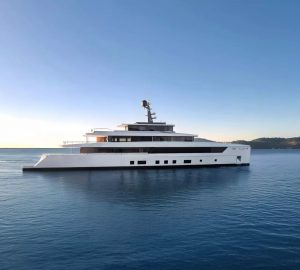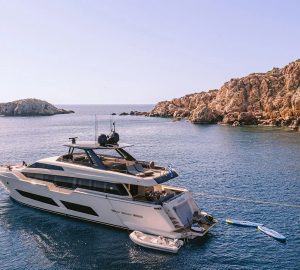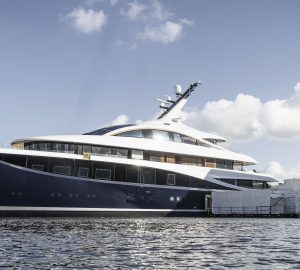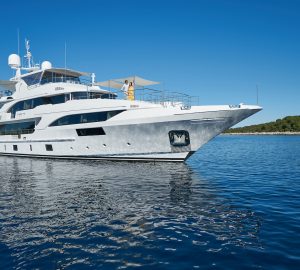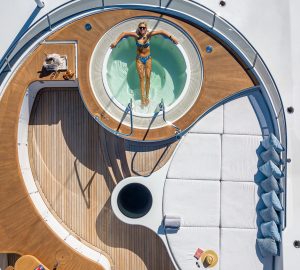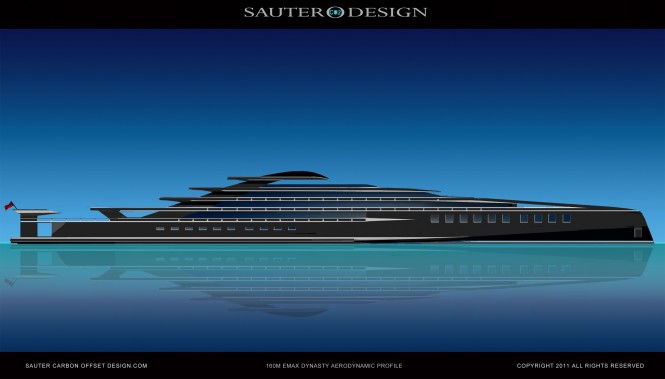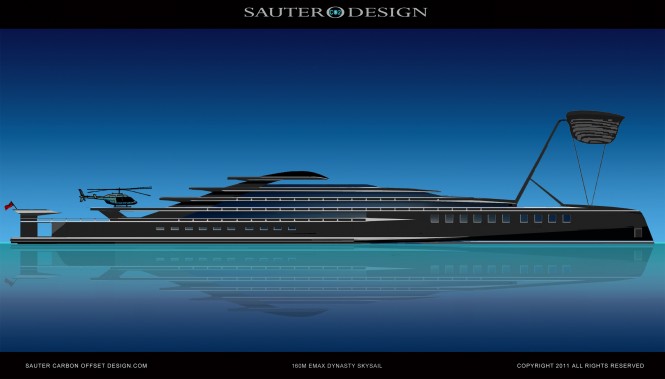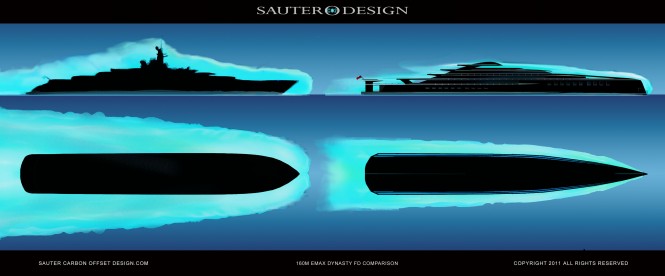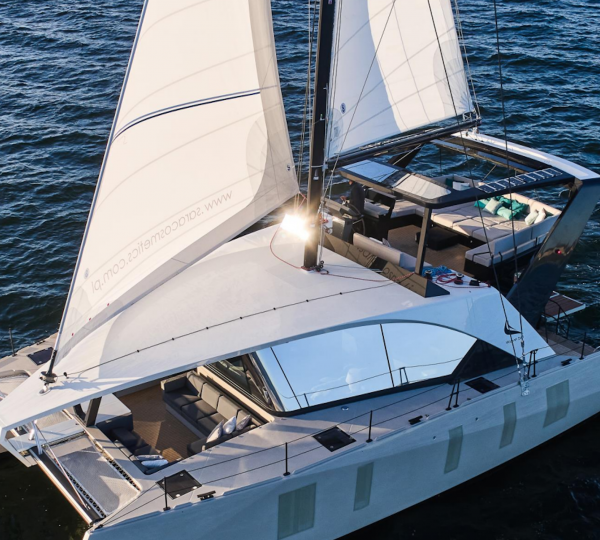Traditionally, above and below the waterline, it’s the Fluid Dynamic Inefficiency or the immense “Drag” of Superyachts that stands out as their weakest point. The most visible examples are seen in the conspicuous Radome towers and the bow waves of semi-displacement Superyachts which reach levels of Fluid Dynamic Inefficiency that are unmatched by any other form of passenger transport.
When it comes to Aerodynamic Drag, with the sole exception of boats, every type of modern surface transport, from trains to motor scooters have adopted innovations that dramatically reduce Drag and thereby reduce their fuel consumption by up to 20%.
In short, Superyachts could reduce their fuel consumption by up to 20% by employing well established Aerodynamic solutions that involve no risk, require no maintenance, have no moving parts, and at virtually “no extra cost”.
One is tempted to ask why institutions that teach naval architecture have yet to impart the fundamental Aerodynamic Principles seen in every form of modern transport which clearly reflects the knowledge and ecological conscience of our age?
From a State of the Art Fluid Dynamic perspective It doesn’t seem possible to answer that question without putting other aspects of Superyacht design under scrutiny, namely the serious Hydrodynamic Inefficiency seen at work in the wave making signature of semi-displacement Yachts of every size and description.
If you are the owner of a semi-displacement Superyacht, you are probably not aware that this type of vessel consumes up to 30% more fuel than is necessary, and by using marine diesels, as opposed to EPA “On Road” engines, is emitting up to10 times more toxic GHG pollutants than it has to.
The Highest levels of Fluid Dynamic Efficiency are achievable with ‘hi-speed wave piercing displacement yachts..As with Aerodynamic improvements, the benefits derived from these passive Hydrodynamic innovations are essentially a “no extra cost” way to reduce the staggering fuel consumption and related GHG emissions associated with semi-displacement Superyachts.
The enormous bow wave produced by semi-displacement Superyachts does make their presence known, but not without broadcasting a disregard for the harmful effects of extreme Drag.
Towering appendages give Superyachts a higher profile, but not without defying common aerodynamic practices, common sense and the common good.
It’s time we saw hi-performance fuel-efficient Superyachts taking the place of their Hi-Drag predecessors. The way to accelerate this process is by educating and thereby encouraging Superyacht customers to demand that their outstanding vessels are all that they can be.

